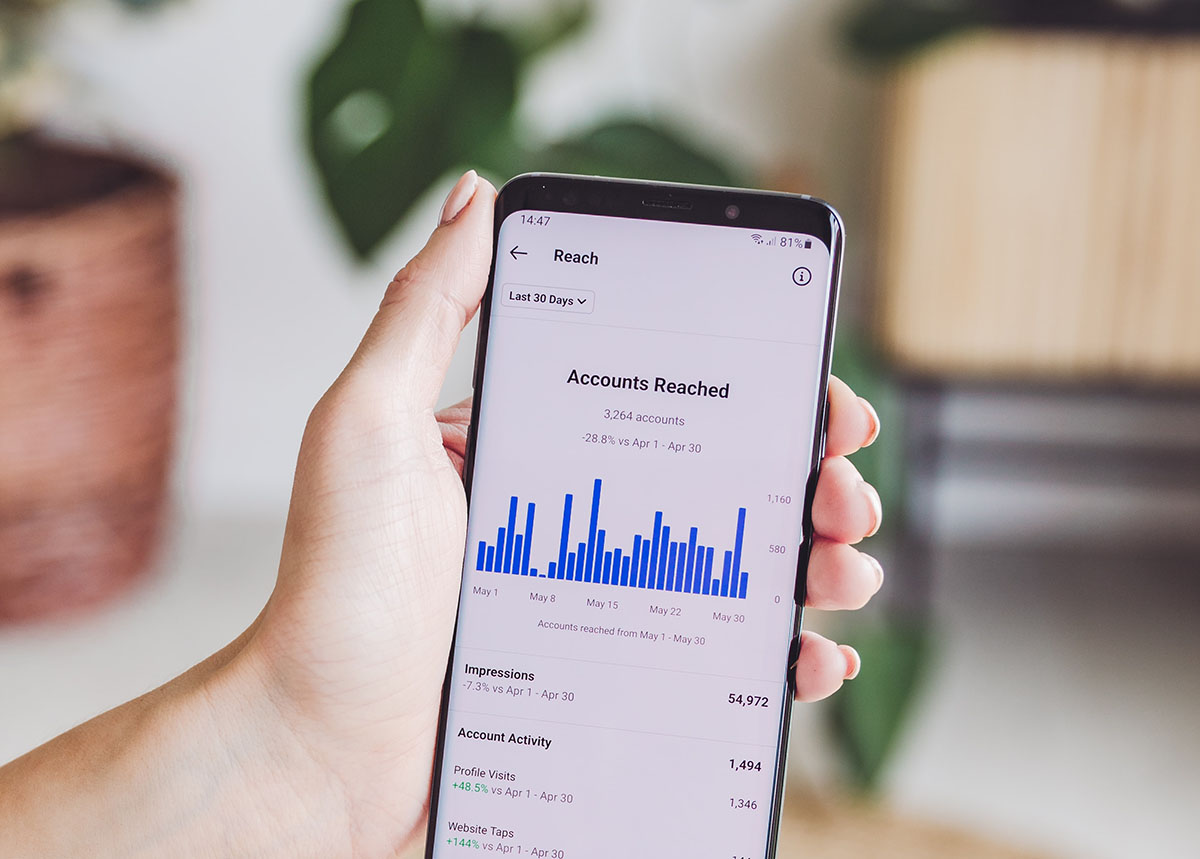If you use social media, you know that ads are virtually unavoidable. That’s because nowadays, the most effective way to reach people on the internet is through social media. It’s a place where many of us spend a lot of our free time. It makes sense it’s a prime location to try to sell a product or promote your business.
From a user standpoint, ads can be a nuisance when every few posts is another one, especially if many of them aren’t even relevant to you. Ad free social media sounds nice, but unfortunately the platforms would not be able to make their sites free without revenue from advertising. From a business perspective, social media ads are the most efficient and cost effective form of advertising. Compared to traditional advertising, social media advertising has a lot more potential to increase revenue. There are many reasons for this, as well as many other benefits of social media ads.
What is social media advertising?
Just like any other form of advertising, at its core, social media advertising’s goal is to increase brand awareness and attract new customers. One of the advantages of social media ads is the user doesn’t have to navigate anywhere they weren’t already going to be. This is especially true for younger generations. According to a research study conducted in 2021, 75% of Gen Zers make purchases by being influenced on social media.
How It Works
If done correctly, social ads should be personalized to the user based on their location, browsing history, and past interactions. For example, if there is a local election going on in your area, you will see a lot of political ads on social media. Some targeted ads on social media, however, are a lot more subtle, because users don’t always like to know they’re being advertised to. Thanks to external data sources, brands nowadays have a lot more information on their target audience. They’ll use this information to cater ads to them.
Visual social media platforms tend to have advertising advantages over non-visual ones. Facebook and Instagram are great examples of this. They are both prime places to kick off ad campaigns, as both have billions of daily users that are a healthy mix of age groups/target audience.

Format options
There are several format options for social media ad design, and whichever you choose will ultimately depend on your target audience as well as your budget. The types of social media ads can include social media video ads, still image ads, carousel ads, interactive ads, stories ads—the list goes on. The most effective social media ads—the ones with highest engagement rates—are usually going to be the ones with a compelling visual component.
Instagram ads have very high ROI rates because the visual nature of the platform makes it less obvious when you’re looking at one.
Social media ad creation can be done manually or via automated software. Both Facebook and Instagram have developed tools and software to make it easier for businesses to do so. Every platform has guidelines advertisers need to follow, which also makes it easier to narrow down design elements. Most will require call-to-action elements, as well as rules for graphic and image sizes.
When creating them, it’s also important to keep in mind how users will be viewing them. Most social media platforms are visited through mobile devices, so the size and video length (if applicable) you choose does make a difference.
How much do social media ads cost?
A social media ads cost is usually determined by a revenue model called “cost per click”, or CPC. Basically, the platform will charge the advertisers based on how many times a user clicks on an ad displayed on their site.
So how much does it cost to run social media ads? The answer depends on which platform you are advertising on. Facebook, for example, has one of the cheapest CPCs, at $2 or less. A lot of advertisers have a set budget for CPC, so when the clicks exceed that, the ad is automatically removed until the next billing cycle.
Conclusion
Social media advertising is a constantly evolving business tool. If you utilize it correctly, you can reach a very large audience without spending too much. This can be very beneficial for small businesses that don’t have a big marketing budget. Additionally, it also clearly works just as well for large corporations. Because of the sheer number of daily users, Facebook and Instagram are very smart choices to advertise on. Their visual components also make them a great place to run successful social media ads.

